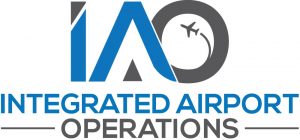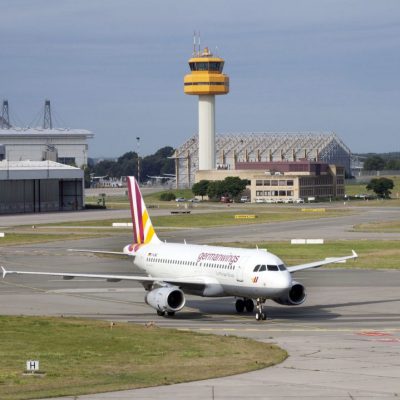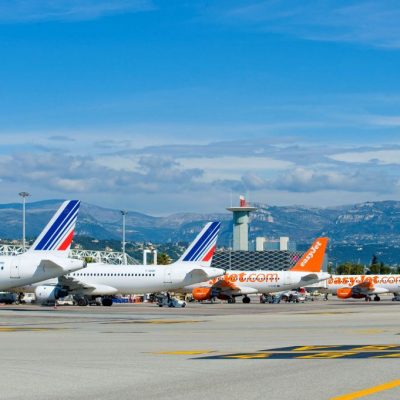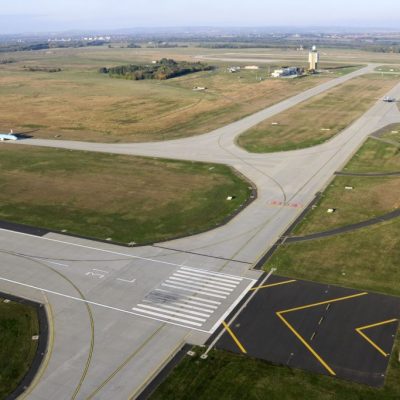SESAR2020 – Integrated Airport Operations
 The Integrated Airport Operations project (IAO) is part of the SESAR 2020 Very Large Scale Demonstrations and belongs to the Industrial Research & Validation section of the research programme developed under the SJU Private Public Partnership SESAR 2020. The objective of IAO is to perform Very Large Scale Demonstrations (VLD) of airport related solutions that were developed under the previous SESAR 1 research programme and achieved the required maturity.
The Integrated Airport Operations project (IAO) is part of the SESAR 2020 Very Large Scale Demonstrations and belongs to the Industrial Research & Validation section of the research programme developed under the SJU Private Public Partnership SESAR 2020. The objective of IAO is to perform Very Large Scale Demonstrations (VLD) of airport related solutions that were developed under the previous SESAR 1 research programme and achieved the required maturity.
In detail, IAO focusses on three of the Air Traffic Management (ATM) sub-functionalities requested by the Pilot Common Project, which are all part of the ATM Functionality #2 – Airport Integration and Throughput (AF#2):
- Departure Management Synchronised with Pre-departure sequencing,
- Airport Safety Nets, and
- Automated Assistance to Controller for Surface Movement Planning and Routing.
The IAO VLD consists of four demonstrations in a close to operational environment. Out of these four demonstrations one is on-board exercises (Onboard Traffic Alerts). The other three will take place at the three airports Hamburg, Nice and Budapest, which provide diverse characteristics:
- Hamburg Airport: crossing runway system, multiple dependent runways and a non-complex surface layout,
- Nice Airport: dependent parallel runway system, where traffic congestion takes place daily during the peak season, and a complex surface layout,
- Budapest Airport: dependent parallel runway system and a complex surface layout.
At the Hamburg Demonstration Site the German Aerospace Center (DLR) provides the connection to the live data systems as well as the demonstration facilities at Hamburg Airport. For test purposes, a duplicate of the data system is also available in Braunschweig. SINTEF AS from Norway brings in an industrial routing optimization library that assists Air Traffic Controllers by providing optimized conflict-free surface routing. It is integrated in the Departure Management and helps handling deviations from plans in real time.
The Hamburg demonstration will present optimized taxi routes. It will show how the optimization engine generates and maintains in real time a detailed surface routing plan with time estimates (trajectories) for all included flights in the planning horizon, thereby optimizing taxi-times and departure times. If the system is given a pre-departure sequence with target times, the optimization engine calculates optimized surface trajectories and proposes a better sequence and/or better target times where suitable. Changes in departure sequence and target time that are communicated to the optimization engine invoke a routing plan update in real time.



